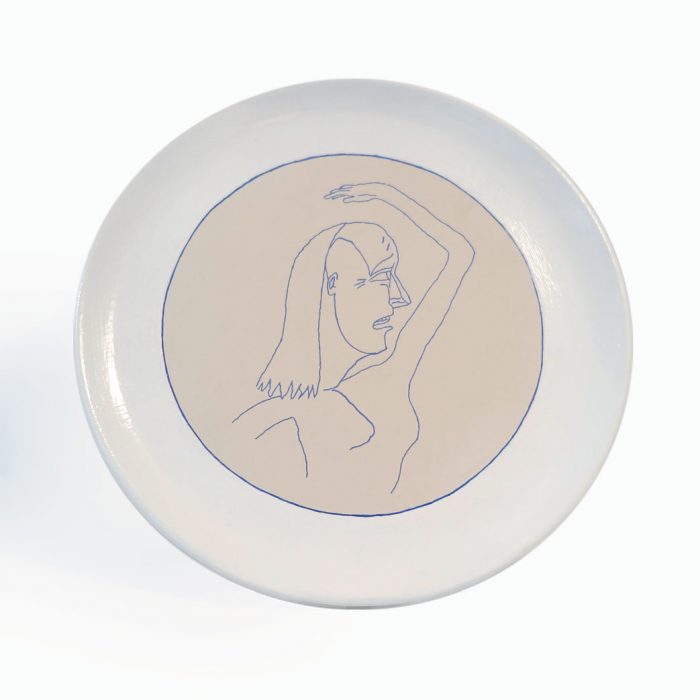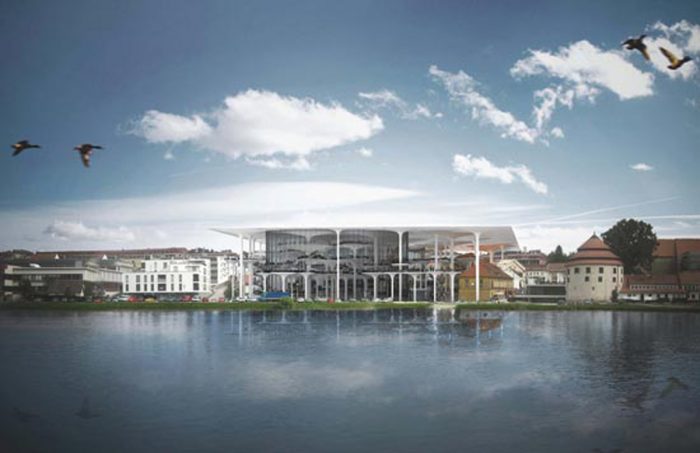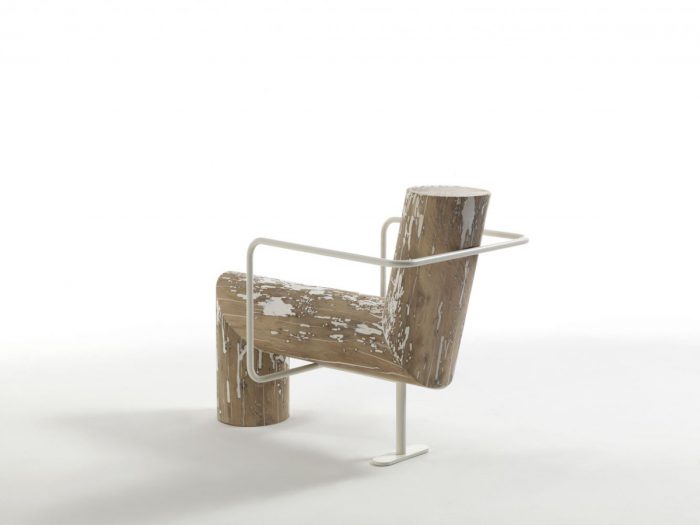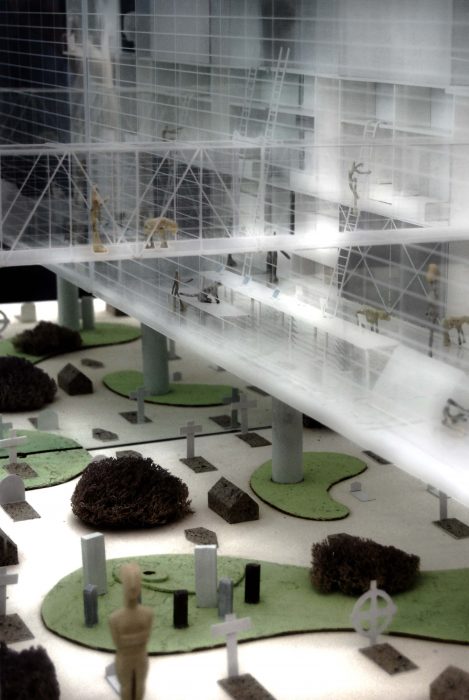
- Permbajtja
- prev
- next
- prev
- next
HIGHLIGHT: ANDREA BRANZI
Andrea Branzi born November 30, 1938 is a Florence-born Italian architect and designer. He currently lives and works in Milan and was a professor and chairman of the School of Interior Design at the Polytechnic University of Milan until 2009.
Education and background
As a major figure in the history of architecture and design, Andrea Branzi was one of the leading representatives of the radical movement. For almost 50 years he has been undertaking research projects and design dessimination which have involved new relations between people and objects. As a co-founder of the Archizoom group, he made an essential contribution to the theoretical debate within the movement in the form of his essays and critical contributions, in particular the Radical Notes published in Casabella. With Archizoom he developed the No-Stop City project (1969-1972) and, for Poltronova, he produced furniture with provocative overtones, conveying liberating messages and laying claim to a new autonomy in the management of spaces (Superonda, Safari). For Branzi, design is not limited just to the sphere of furniture and industrial technology; rather, beyond objects, it questions the relationship people have with their environment. Today he is continuing these lines of thought through the concept of weak, flexible and reversible urban development (Eindhoven, 2000). He is advocating a New Athens Charter (lecture for L’Enjeu Capital(es), Centre Pompidou, 2009) for which architecture has no further functional specialization and disappears in favour of a weak and diffused computer flow: a “high-tech favela”.
The architect, designer and theoretician Andrea Branzi (born in Florence) has lived and worked in Milan since 1973. As a founder member of the Archizoom group in 1966, he became associated in the late 1960s with experimental industrial design studios (Alchimia, and then Memphis). As co-founder of Global Tools (1974), and then of the Domus Academy (1983), he is today continuing his teaching activities at the Milan Politecnico. Andrea Branzi has always undertaken busy critical activities which led him, between 1983 and 1987, to run the magazine Modo and publish many books (La Casa calda, 1982: Animali domestici: le stile neo-primitivo, 1986; Nouvelles de la métropole froide, 1991 and Il design italiano 1964-1990 in 1996). In 1987 he was awarded the Compas d’or for the entirety of his career. Andrea Branzi’s projects are regularly exhibited throughout the world, for example at the Fondation Cartier (Paris) in 2008.
Awards and honors
In 1979, Andrea Branzi was awarded the prestigious Italian industrial design award Compasso d'Oro.
In 2005, Branzi received his second Compasso d'Oro Award.
In 2008, he was named an Honorary Royal Designer for Industry by the Royal Society for the encouragement of Arts, Manufactures and Commerce (RSA) in the UK.
On October 15, 2018, he was awarded the Rolf Schock Prizes by the Royal Swedish Academy of Fine Arts.
Projects
-Lapo Lani
The idea developed during our seminar in June was to preserve at the Strijp Philips its characteristic discontinuity with respect to the urban context, as an agricultural park that can be crossed which allows to reactivate the connection between the separate parts of the city, divided since the beginning of the century from the fence of factories and factories. The problem of the overall form of the intervention and of the zoning of the various internal urban destinations has been overcome by establishing new planning methods: these consist in our preliminary request to the Eindhoven administration to consider this area as an experimental territory from the point of typological and also normative view. That is, an area where activities that require volumes that vary over time can be implemented, with destinations that are not defined in a regulatory manner and can be managed as in agriculture, following criteria that vary over time and seasons, according to the changing demand and opportunity of supply.

-Piatti Ritratti

-Bosco d'Arte
The Museum of Contemporary Art is therefore no longer made up of a set of exhibited works but becomes an experiential place; not identified by a linear and specialized path, but by an open, traversable, explorable spatial device. Like an Art Forest, it develops over the urban area without a defined perimeter, following an expansive (vertical and horizontal) discontinuous development, where the visitor's encounter with the Opera takes place according to individual, accidental and unplanned paths.

-Anti Comfort
The concept of comfort is not an ergonomic fact, we know that, at times, sitting on a stone or on a tree trunk can be cosier that sitting on a stuffed armchair. It depends on the state of mind.

-Casa Madre
The project proposes an integral co-housing model that does not correspond only to the tradition of European municipalities but refers to a broader idea of coexistence that we can define as cosmic.

Source: wikipedia, andreabranzi.it